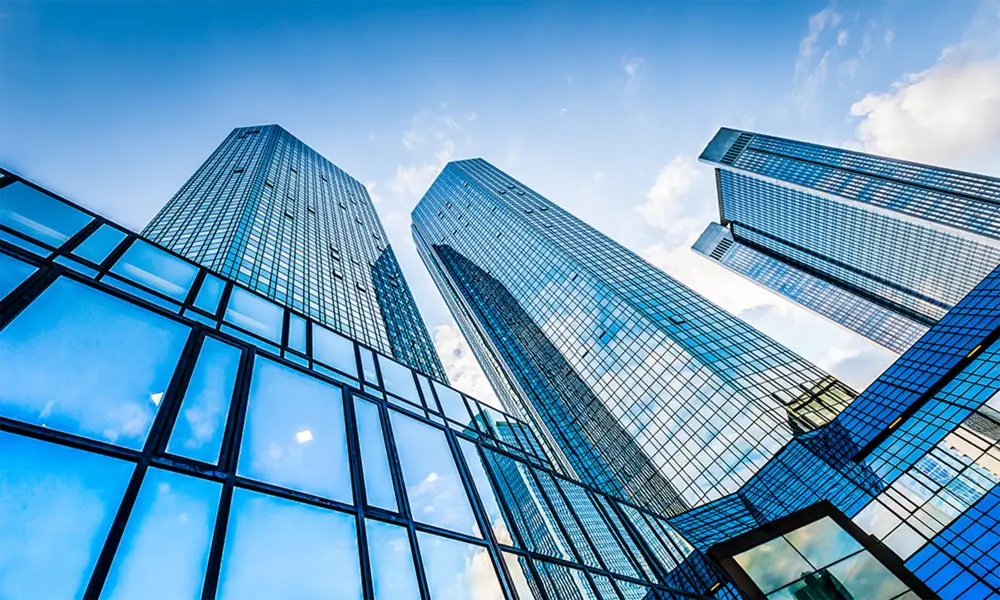

The Dynamics of Low-E Glass Pricing
Low-emissivity (Low-E) glass has transformed the way we think about energy efficiency in building design and construction. This innovative material is engineered to reflect infrared light while allowing visible light to pass through, which significantly improves thermal insulation. As energy efficiency becomes increasingly crucial in combating climate change, understanding the factors that influence the price of Low-E glass is essential for both builders and consumers.
Understanding Low-E Glass
Low-E glass is often utilized in windows and skylights, making it a key component of energy-efficient buildings. By minimizing heat transfer, Low-E glass helps maintain consistent indoor temperatures, reduces energy consumption, and lowers utility bills. This is especially beneficial in both residential and commercial structures, where heating and cooling constitute a significant portion of energy expenses.
Price Factors
The pricing of Low-E glass is affected by a variety of factors
1. Raw Materials The initial cost of producing Low-E glass stems from the raw materials used in its manufacture. The glass itself is made from silica, soda ash, and limestone, but the metallic coatings that provide its low emissivity properties can vary in cost based on the materials chosen, including silver, tin, and other metals.
2. Production Techniques The manufacturing process can also impact the price. There are two main techniques to apply low-emissivity coatings sputter coating and pyrolytic coating. Sputter coating is a more advanced method that typically results in a higher-performance glass but is costlier to produce. This sophisticated technique applies multiple layers of coatings, which adds to the production cost.
3. Thickness and Size The dimensions of the Low-E glass influence the overall cost; larger panels or thicker glass will inherently be more expensive. Customized sizes may also carry a premium due to the additional fabrication processes required.

4. Market Demand As the emphasis on energy-efficient buildings grows, so does the demand for Low-E glass. Fluctuations in market demand can lead to variations in pricing; as more builders seek sustainable construction materials, the cost may rise. Conversely, an oversupply can drive prices down.
5. Technological Advances Innovations in glass technology can also play a role. Newer, more efficient Low-E coatings can come at a premium due to the R&D investments made by manufacturers. Over time, as technology matures, costs may decrease, benefiting consumers.
Market Trends and Pricing Predictions
The market for Low-E glass has generally shown positive growth trends. As governments worldwide enforce stricter energy efficiency regulations, the use of Low-E glass is anticipated to rise substantially. This surge in interest is expected to drive prices upward, particularly as manufacturers may struggle to keep pace with demand.
Nevertheless, advancements in manufacturing efficiencies are likely to mitigate some of the price increases. The introduction of new production technologies that lower costs, combined with a growing number of suppliers entering the market, may lead to a more competitive landscape.
The Benefits of Investing in Low-E Glass
Despite the potential for price increases, investing in Low-E glass remains a wise decision for many building projects. The long-term energy savings gained from reduced heating and cooling costs can often offset the initial investment. Furthermore, Low-E glass can enhance a building’s value and appeal, particularly in an era where energy efficiency is a selling point for both residential and commercial properties.
Conclusion
In conclusion, the pricing of Low-E glass is influenced by a complex interplay of factors ranging from raw material costs to market demand and technological advancements. While it is essential for consumers and builders to stay informed about these dynamics, the benefits of Low-E glass merit consideration. As the industry evolves, so too will the pricing structure, making it crucial for stakeholders to remain agile in their approach to selecting building materials. Ultimately, embracing Low-E glass technology is an investment not only in energy efficiency but also in sustainability and the future of our environment.